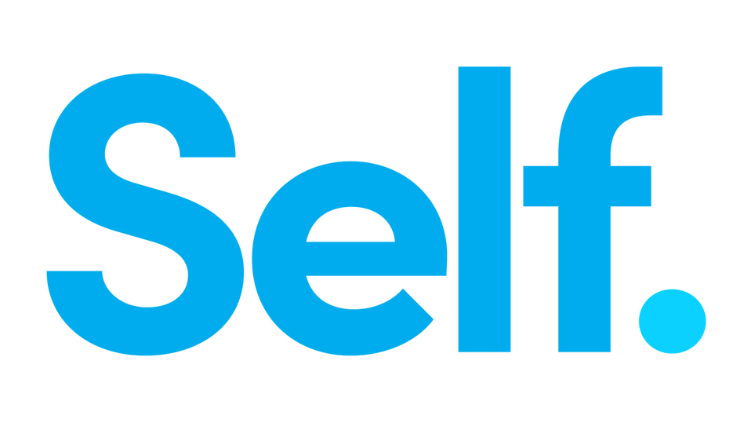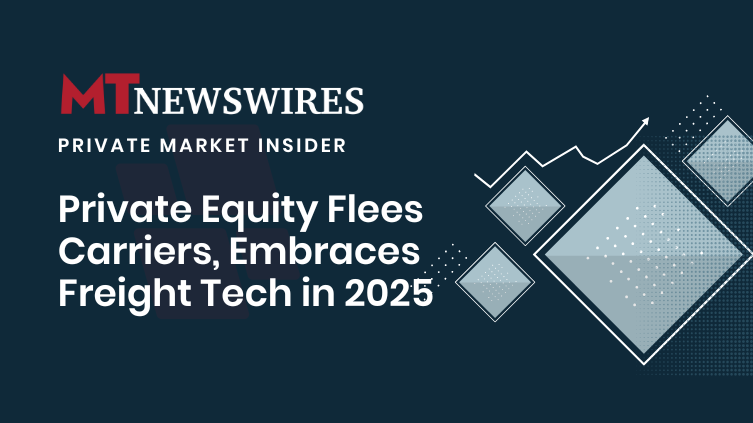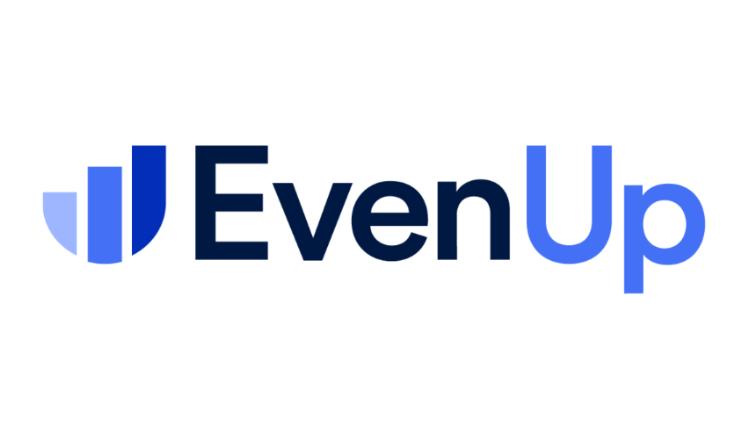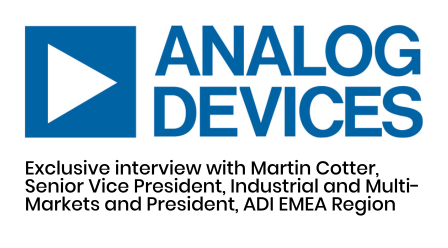"In the Next Decade, We Want to Help Millions More": How Self Financial Is Shaping the Future of Credit Access in America
June 13, 2025/ in MT Newswires Exclusive / by Rachel Chitra
- As many as 45 million Americans are credit invisible with fintechs like Self Financial tackling this credit inaccessibility
- *The firms offers tools like Credit Builder Accounts, secured credit cards for those lacking credit history, especially low-income individuals, young adults, immigrants, and communities of color.
- *Unlike banks that rely on FICO scores, Self uses alternative data like rent and utility payments
- With over one million users and a $1.56 billion valuation, Self hopes to also drive financial literacy in tandem with long-term credit access
As economic volatility reshapes financial habits and technology continues to disrupt legacy systems, Julie Szudarek, CEO of Self Financial, sees a future where millions of Americans no longer need to be held back by their credit history, or lack thereof. "In the next decade, we want to help millions more people access the credit system on fairer terms," she says. "Financial health should be a right, not a privilege."
Founded in 2015 by James Garvey in Austin, Texas, Self Financial emerged from a simple but powerful idea: that building credit shouldn't be the sole domain of the privileged. The company started with a product now widely known as the Credit Builder Account, a low-barrier entry tool that enables users to build credit history by making monthly payments on a small installment loan held in a certificate of deposit (CD).
Over time, Self expanded into a full suite of products designed to democratize credit access, including secured credit cards and innovative rent and utility reporting tools. In 2022, the company launched its rent and utility reporting capabilities, making it the first to offer direct-to-consumer rent reporting to all three credit bureaus. In 2024, Self rolled out the Self Visa Credit Card, an accessible secured card with a low deposit requirement and no hard credit pull.
Self Financial has a valuation of $1.56 billion and has raised about $127 million as of September 2021, according to data from PitchBook.
The Credit Catch-22
Credit is a cornerstone of financial stability in the U.S. Nearly 45 million American adults, or one in five, are either "credit invisible" or have unscored credit records, according to a Consumer Financial Protection Bureau (CFPB) report. That includes 26 million with no credit history at all and another 19 million whose records lack enough data to generate a score. The result - millions are effectively locked out of the traditional credit system, and this disproportionately affects low-income individuals, young adults, immigrants, and communities of color.
Szudarek highlights the irony at the core of this issue: "You need credit to get credit. It's a Catch-22 that traps people in cycles of financial exclusion."
Self is working to close the credit gap by enabling users to build credit through everyday financial behaviors like paying rent and utility bills on time. As part of this shift, Self reports rent payments to all three major credit bureaus, Experian, TransUnion and Equifax, and utility payments to TransUnion.
This kind of positive reporting is part of a growing trend: according to a TransUnion report released on October 17, 2024, 84% of individuals who had their rent payments reported saw at least some improvement in their credit scores, with Gen Z and Gen X renters seeing even greater gains.
Historically, rent data was only reported negatively, after evictions or collections, but Self flips that narrative, offering a more empowering and accurate reflection of financial responsibility.
Old Scores, New Problems
To understand Self's mission, it's essential to grasp how big banks and the traditional credit system function. At the heart of the U.S. credit infrastructure are the "Big Three" credit bureaus: Experian, Equifax, and TransUnion. These organizations collect and maintain financial data, including loan amounts, repayment history, and credit utilization and generate credit reports and scores, which banks and lenders use to evaluate risk.
A FICO score, the most widely used credit scoring system, is based on five categories (with different weightage for each category) - payment history (35%), credit utilization (30%), length of credit history (15%), new credit (10%) and credit mix (10%).
While the traditional FICO score works well in conventional lending scenarios, it overlooks millions who rely primarily on cash or have never had access to credit products. After all, not everyone can afford a car or a home on their first paycheck, or even within the first few years of entering the workforce.
"Rent, phone, and utility bills are regular, recurring payments. Why shouldn't they count toward your creditworthiness?" Szudarek asks. "That's the logic we're using to update a legacy system."
Scoring Outside the Lines
Self is not alone in challenging traditional credit paradigms. The rise of fintech has ushered in a wave of companies using alternative data to assess creditworthiness. This includes cash flow analysis, subscription payments, job stability, and even mobile phone usage patterns.
Self isn't alone in reimagining credit access. Several fintech peers are also using alternative data to serve the credit invisible. TomoCredit, valued at over $100 million, offers credit cards without relying on FICO scores, instead using cash flow to assess eligibility. Petal, reportedly valued above $800 million, leverages machine learning and bank transaction data to approve users with little to no credit history. Kikoff, which has raised more than $40 million, provides small, no-interest credit lines aimed at helping users build credit from scratch.
But Self says it differentiates itself from peers by offering a full-stack ecosystem, from Credit Builder Accounts to secured credit cards, all designed to work in tandem. For example, customers can use the money they've saved in their Credit Builder Account to pay the deposit for a Self Visa Credit Card, making it an easy next step in building credit.
Algorithm for Access
Self's systems rely on automated data flows and integrations with platforms like Plaid to verify rent and utility payments. These payments are then reported monthly to the credit bureaus. Rent to all three, and utilities to TransUnion.
The company has collaborated with all three major credit bureaus to shape industry standards, including the Metro 2 data format, a system developed by the Consumer Data Industry Association (CDIA) to ensure credit information like payment history and account status is reported accurately and consistently. Self has also contributed to the evolution of rental reporting guidelines, reinforcing its role in improving how credit data reflects real financial behavior.
Building Builders: Impact on Real Lives
Today, over one million people have used Self's tools to start or repair their credit journey. The company's app enjoys a 4.9-star rating across more than 270,000 reviews.
The company has also been expanding its leadership bench. Recent hires at Self Financial include Brian Hand as Chief Financial Officer and Shilpa Dhar as Chief Product Officer, both with strong backgrounds in finance and technology.
With its 10th anniversary on the horizon, Self is far from slowing down. The company plans to invest further in educational content, as surveys reveal that 63% of new customers report little to no financial education. "Financial literacy is foundational," says Szudarek. "We're not just providing tools; we're empowering people to understand and use them well."
Copyright © 2025 MT Newswires. All rights reserved. MT Newswires does not provide investment advice. Unauthorized reproduction is strictly prohibited.



